Last weekend I was down in Pasadena attending a design educators’ conference, Schools of Thoughts 2. Although my experience with conferences is limited, this one seemed to have some differences from the typical design conference. Although it had the presence of some illustrious company (including Katherine McCoy, Lorraine Wild, Denise Gonzales Crisp) the star-gazing is really more brain-gazing in this environment. At most design conferences, the worship factor is always suspect; where the desire to touch the demi-god’s hand sometimes overshadows a knowledge of, or even genuine interest in their work. At SOT2 (as we acronymally called it), it’s all about the work and the ideas over the personality. Refreshing.
By extension, this conference was much more of an exchange of ideas: how different educators are functioning in their various locations, what they are thinking about, what they’re changing, and what they think is important to bring to a designer’s education. Students in attendance threw in their thoughts and questions—all into a kind of exotic soup, the flavours of which at times encouraged another gulp, the addition of some other ingredient to improve, or … the desire to spit and cleanse.
Design education is something I’m new to, but in my typical manner I’ve taken up thinking about it obsessively, and in my know-it-all fashion I’ve formed some pretty strong opinons about it, albeit half-baked. (So what else is new?)
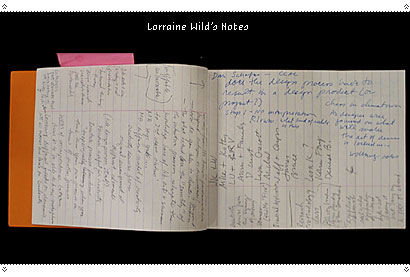
I was really intrigued and pleased to see that many others are thinking similar thoughts to mine. For instance I have an idea for integrating design history education with the history of art, architecture, music, fashion and politics. Parme Giutini spoke about the course she has helped develop in Visual Culture, which seems to be a step in that direction, but from a more theoretical art-design culture approach than my little plan for world domination. Mark Breitenberg of the Art Centre in Pasadena talked about “tropological activity”—which he explained as essentially the combining of different fields, or thinking of one form through another … and, here’s another big word … “catachresis as a model for creativity,” where catachresis is deliberately paradoxical. Hmmm.
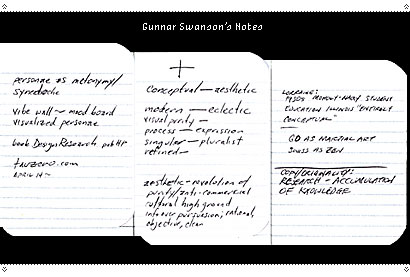
Mark also talked briefly about presenting academic content in visual ways, (and referred to a drawing he once made of Freud’s psyche which involved volcanos, rain and thunderbolts, and seemingly a great deal of LA traffic). This goes directly in hand with one of my pet ideas (and which I gave a brief presentation of) about using graphics as a vocabulary instead of relying on text to convey graphic ideas. My co-panelist Brian Lucid (great name!) had a similar concept, although from a completely different direction. He sees the emphasis on the treatment of text in design as being inhibiting to designers—especially in multimedia—who need to think and express in a more visual, image-based form. It comes back to graphic vocabulary.
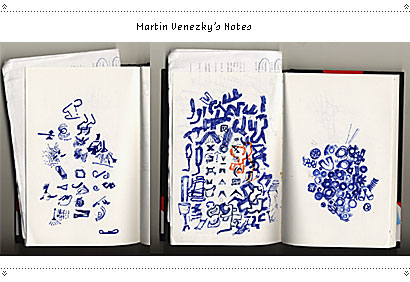
Being one of the laziest people on the planet (OK, a lazy workaholic), research has never been one of my strong points. So why, then do I find Brenda Laurel, and her subject of Research for Design and Design as Research so infinitely fascinating? Possibly because it, too, is encompassing a wide range of disciplines into the exploration of design.
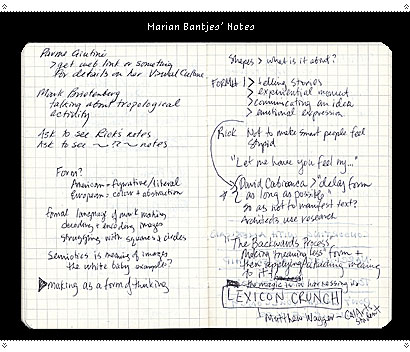
There are still a number of people with an alarmingly (imho) brain-numbing and primitive approach to design education. I pity their students, both for the information they seem required to absorb, and for the way in which it is evidently delivered. If they can’t hold my concentration for 7 minutes, what must a 3-hour class with them be like?
Of note was Martha Scotford, with an impressively detailed web application for teaching design history. It is easy to get caught up in the extensive labour it must have taken to build such a thing, but the program is so old-school linear, with a seeming emphasis on the memorization of dates and names, I almost have to weep at what I see as a largely wasted effort. Rather like a hand-built Ford Pinto.
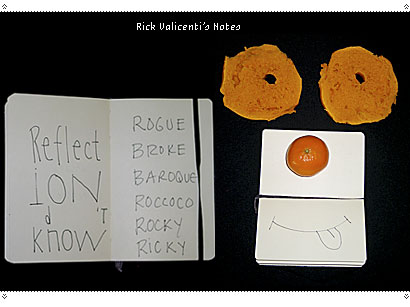
During a lively breakout session on “Form” (which I wandered into hesitantly due to my fear of the word), an expanding crowd discussed whether Form should be taught before concept/innovation/exploration or after, and the advantages of each. Depending on your definition of “Form” however, the conversation gets a bit messy. Of note was David Cabianca’s comment that in architecture they tend to “delay form as long as possible,” presumably to discourage the concrete (pun!) requirements from getting in the way of the exploration of possibilities. Summation: Do skills limit our thinking?
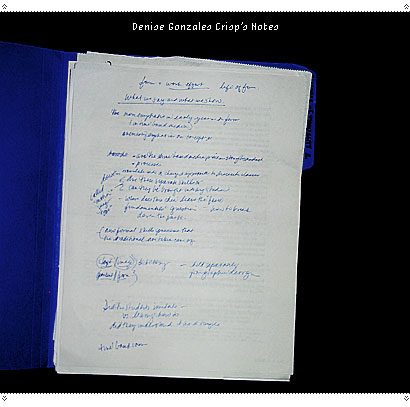
Also discussed was “the backward process”: making “meaningless” form and attaching meaning to it later: the magic is in harnessing it. And, from Matthew Waggner, a student at CalArts, “Is there such a thing as form without meaning?”
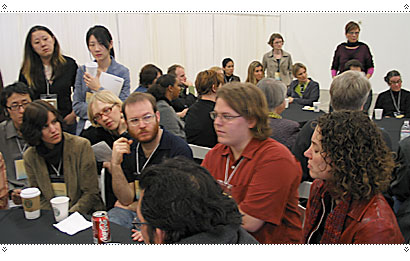
Wrapping up the conference, Meredith Davis talked about design programs and how they can or should be shaped. At a time when we are seeing an explosion in design programs of various kinds, there is concern over who is being taught what, and how. Particularly, the “condensed” design courses, where a broad range of material is crunched into a short frame of time: she suggested that this approach is misguided, and that shortened programs would be better if they provided a clearer look at a smaller range of skills or ideas. I agree. (She had a great deal more to say, but I, alas, had to leave.)
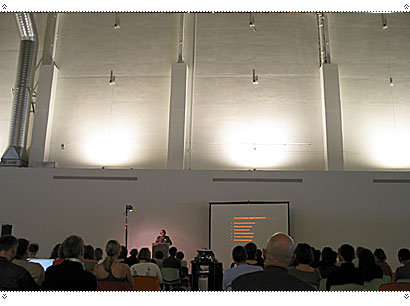
The conference itself took place at the South Campus of the Art Center in Pasadena. The facilities were, um, unusual, with really only one of the 3 rooms being functional as a presentation space. Most unfortunate was the use of the Wind Tunnel (an actual, former wind tunnel used for testing by airplane manufacturers before the Art Center bought it several years ago). An admittedly cool space, with a very high, curved “boat construction” ceiling, it would make an excellent skating rink or even exhibition space but makes an unfortunately poor speaking space. The echo and reverb were so profound as to get me thinking about all sorts of parallels in obfuscation of text and message, and the human ability to filter and decipher obscured information, but very little else. All my listening energy in that room went into decoding and on-the-fly translation. Alas, very little beyond the echo stayed in my brain.
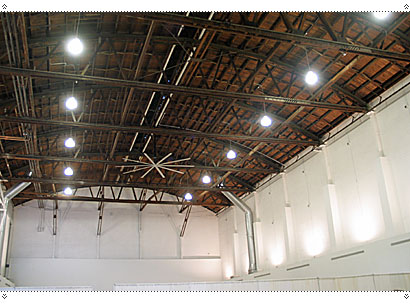
However, as metaphors go, the wind tunnel is not a bad one. “Wind” evokes, unfortunately, “bag of wind”, and to the uninitiated, academia can create that knee-jerk response. But wind is fast and free and unpredictable. Through collection and attempted control and observation we can learn something about the forces all this wind (bags of, or not) will eventually exert on the shape of design’s future.
Experiment, observe, revise.







nice one. in the spirit of conversation, an observation-many of the things you talk about as being new/different/radical approaches to education (history of design art music politics, paradox, working through different fields) were the daily bread and butter, the underlying ethos, the simple basis of art college work. is this not the case in the u.s.?
maybe of interest (i think i've said this before) the swedish word for design is formgivning. form giving.
On Mar.10.2005 at 09:30 AM